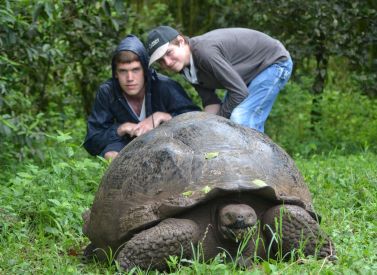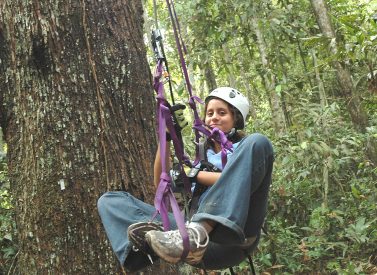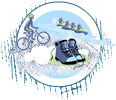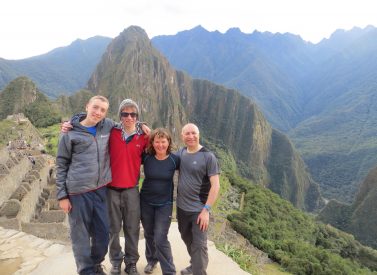
Cultural Family Tour to Peru
Enjoy a wonderful Peru family cultural holiday.
On this cultural family tour you enjoy a learning and cultural holiday to the land of the Incas, Peru.
Over 8 days, explore Peru with your partner, friends or family.
We plan the tour to visit Cusco and the Sacred Valley, visit a farm and pick alfalfa to feed the guinea pigs.
There is also the chance to visit some local markets, make your own chocolate bar, walk the two-day Inca Trail to Machu Picchu, and much more.
More on our Peru cultural family holiday.
This Peru cultural holiday will give you the chance to try new things whether they be food or experiences.
Chances to learn from others through interactions and seeing how other cultures live. Marvel at the wonders of the past and give yourselves the experience of a lifetime in Peru.
This is a private tour so it can be modified to suit your needs whether that be the duration, the accommodation or the activities and excursions included.
This way we can get the right family holiday to Peru for you and your friends, partner or family.
Trip Highlights
Print Share Download as PDF-
Visits to the main sites in and around Cusco
-
Market visits in Cusco and the Sacred Valley
-
Farm visit, pitroast lunch and chicha making
-
Hike the KM104 Inca Trail into Machu Picchu
-
Guided tour of Machu Picchu
-
Chocolate making activity
We loved the way you arranged our trip to Peru for the kids. We had so much fun in Peru.
L. Silver, Peru Family Holiday
Full Itinerary
Day 1: Arrival transfer to Cusco hotel
Arrival transfer to Cusco hotel with an English speaking guide.
From the airport, the drive to the hotel should be less than half an hour in good traffic.
Cusco
Cusco is a lively and exciting city with a population under half a million. It was the site of the historic capital of the Inca Empire and was declared a World Heritage Site in 1983 by UNESCO. The architecture reflects its Inca past and Spanish colonial influences.
Tourism is one of the city’s principal sources of revenue so there is no shortage of restaurants or coffee shops to suit all palates and dietary requirements.
Cusco is located at a high elevation of approximately 11,220 feet/3,400 metres and some people may feel some affects of altitude sickness so it is important to take things easy on arrival.
Day 2: Cusco half day city tour with markets, Cusco hotel (B)
From the hotel set off on foot with your English speaking guide to the bustling San Pedro market, where many Cusqueños start their day. Walk around the market which is bustling with everything including fruit, vegetables, meat and medicinal plants.
Stop for a coffee or tea and take a few minutes to watch everything unfold around. Take in the buzz of the market, the sounds, the smells, the bustle and the noise – a far cry from home!
Cathedral
The tour continues to the most important historical sites of Cusco which include the Plaza de Armas (Main Square) and the cathedral.
In pride of place inside the cathedral is a massive silver altar and a famous painting of the last supper – it stands out because they are eating guinea pig.
Coricancha
Following on from here, visit Coricancha, which was the most sacred Inca temple dedicated to Inti, the sun God.
This temple was demolished by the Spaniards on their arrival to Cusco and they used the existing foundation on which to build a colonial church.
Lunch is in a local restaurant (not included), and if you are up for it you can try the local delicacy “cuy” (guinea pig). Other dishes are available!
Day 3: Pisac, farm visit, Urubamba market, Ollantaytambo hotel (B,L)
After breakfast we’ll set off on a 90-minute drive to the majestic ruins at Pisac, where we visit terraced Inca ruins high on the mountain.
We walk down through the ruins and take in amazing views of the Sacred Valley whilst being given instruction on the religious, astronomical and military functions of the site.
See how these terraces enabled the Incas to grow food above 11,000 feet / 3,300 metres.
A highlight of the visit is to hike a relatively unknown, seldom used Inca trail and pass through a tunnel that was built by the Incas.
Time permitting, we visit a large Inca cemetery which is located nearby.
Our last visit in Pisac is to the famous handicraft market where you can browse the ceramics, jewelry, and weaving.
Yanahuara, farm visit
Drive to the settlement of Yanahuara to visit a farm.
Children (and adults alike) can have fun cutting alfalfa and then feeding it to the guinea pigs as well as starting a batch of chicha, the fermented corn beer of the Incas.
You can help to cut the alfalfa used to feed guinea pigs. Guinea pigs are a common site in Peruvian kitchens and gardens. They are often cooked for special occasions, throughout the Andes.
Lunch is a traditional Panchamanca (pitroast) which we’ll enjoy as we sit and gaze over the Sacred Valley. The name Pachamanca comes from the Quechua words “Pacha” or earth and “Manka” or pot. This is a hole in the ground, with hot stones where the food is placed and then covered in earth whilst it cooks.
Drive back to the hotel in Ollantaytambo.
Day 4: Sacred Valley tour, Chinchero, Moray and Maras, Ollantaytambo hotel (B)
After breakfast set off on the 45-minute drive to Chinchero.
Walk through the village and visit the women’s weaving cooperative and watch a demonstration of local weavers using traditional Inca patterns and techniques for dyeing fabric.
There is time to visit the shop which sells Inca style purses, tablecloths, wall hangings, and many other colourful and exquisitely patterned goods.
Maras Salt Pans
Next is a visit to Maras.
This is a collection of salt mines that have been used since pre-Inca times where the salt is evaporated from an underground stream. Walk through the site.
Moray
After lunch, we set off for the drive to Moray. From high above look down below and contemplate the concentric circles that made up an Inca agricultural laboratory.
Hike down into the archaeological site. Once there, a private guided tour of the ruins which were principal amphitheatres for the Incas and where they performed rituals and ceremonies.
Optional ceramic workshop
At the end of the day you’ll have a chance to learn about ceramic art and have a go at decorating some pieces!
Drive to your hotel in Ollantaytambo.
Day 5: KM104 Inca Trail, hotel in Aguas Calientes (bL, D)
We take an early morning train out of Ollantaytambo station for the two-hour journey to Km 104.
We disembark from the train and have time for breakfast before setting off on a gentle climb of approximately 4 hours to the stunning Inca terraces of Wiñay Wayna.
We stop to enjoy a packed lunch in this incredible setting and have some time to explore the ruins. Or just simply recharge batteries.
Then, we set off hiking a gentle trail for a further two hours.
Upon reaching a final set of steps, pass through an Inca gateway known as the Sun Gate and the reward is the first amazing view over Machu Picchu.
Overnight in the town below the ruins, Aguas Calientes.
After the day’s exertions an option is to enjoy the medicinal waters of the hot springs or just dream about tomorrow and the chance to explore fully the ruins of Machu Picchu.
Dinner is included at a local organic restaurant.
Time walking: 4-5 hours
Distance: 10km / 6.3 miles
Altitude: 2,150m-2,650m-2,750m-2,040m in Aguas Calientes /7,054ft-8,695ft-9,005ft-6,692ft
Day 6: Machu Picchu tour, train and transfer to Cusco hotel (B)
After an early breakfast, we set off for the 20-minute bus ride back to Machu Picchu.
The guide explains just how the Incas managed to build with such precision and such beauty, on such a remote hilltop. On the circuit there is also the opportunity to learn about some of the history, ideas and technology of the Inca culture.
The tour lasts 2 to 3 hours and due to new visitor regulations, once the tour is over, you’ll need to leave the site.
You have the option to include a hike up either Machu Picchu Mountain or Huayna Picchu Mountain. These cost extra and must be booked in advance.
There is time to return to Aguas Calientes and explore, possibly bathe in the hot springs and also have time for lunch.
The train leaves from Aguas Calientes mid afternoon. Arrival to either Ollantaytambo, Poroy or Wanchaq and then a transfer to your hotel in Cusco, arriving late evening.
Day 7: Sacsayhuaman and chocolate making, Cusco hotel (B)
After breakfast, set off on the 15-minute drive to the old Inca fortress of Sacsayhuaman.
This site consists of huge ramparts which boast stones up to 28 feet (9 metres) high weighing 140 tons (130 tonnes). These ramparts stand guard over the city of Cusco and the question of how the Incas moved those stones into place remains one of the world’s great mysteries.
Climb to the top of the ramparts for a spectacular view of Cusco.
The ruins are a great place to explore boasting an impressive system of tunnels, giant stone walls and grassy areas.
A 20-minute walk brings us back down to Cusco in time for lunch (not included).
In the late afternoon it is the highlight of the day, time to find out all about chocolate!
Learn about the cacao tree in the jungle, followed on by the origins and history of chocolate.
Kids will love making their own chocolate bar, starting from the cacao bean to the final product!
Day 8: Transfer to the airport (B)
We’ll drop you off at the airport in time for your departure flight.
Prices From $2,088 / £1,698 per person
What's Included?
All airport transfers, transport to and from activities in private vehicle, hotels listed, meals as indicated in the itinerary (B=breakfast, L-Lunch, D=dinner), professional English and Spanish speaking guides, guided tour of Machu Picchu, entrance to the KM 104 Inca Trail and Machu Picchu ruins, bus transfers to and from the ruins, chocolate making tour, Sacsayhuaman tour
What's Not Included?
International and domestic lights (we can look for these for you), personal belongings, personal expenses and tips, insurance, entrance to Huayna Picchu or Machu Picchu mountains, Pisac and Ollantaytambo entry fees, tourist ticket, ceramic workshop
Accommodation
We use clean, centrally-located 3* hotels for this trip, with en-suite bathrooms.
Upgrades to 4 and 5* hotels where available at extra cost.
Tour Staff
Our specially selected guides are great with kids and adults alike, and will help to bring the area alive for everyone.
All of our guides are qualified in first aid and speak English and will answer your questions and interact with the locals you meet.
Training is a vital investment in our guides to ensure the security and safety of all our trips and is ongoing.
Meals
All hotels included breakfast, these will feature juices, hot drinks, toasts, fruits, cereals and eggs.
Two lunches are included – one is a traditional “Pachamanca” pitroast on the farm visit and a healthy box lunch will be provided on the Inca Trail hike.
Please let us know if you have any special dietary requests or food allergies, we can cater for almost all requirements with advance notice.
Activity Level
This itinerary is very gentle and suitable for all ages.
However, that said, it does take place at altitude and this can affect people in different ways so it is best to take it easy on arrival and male sure that you are aware of the symptoms of altitude sickness.
Practical Information
Introduction to Peru
Peru is the perfect holiday destination for adventure travellers that want an amazing variety of activity, geography and cultural travel experiences.
The breadth of travel experiences in Peru is breathtaking – from trekking in the Andes to Machu Picchu to the tropical jungle of the Amazon, and plenty in between.
The people of Peru make it a special destination too, with its colourful and traditional street life and friendly locals.
Kit list
Book with Andean Trails and get 15% off Páramo’s fantastic ethical and high performance outdoor gear.
Peru has a wide variety of climates, due largely to the huge altitudinal range it covers.
During the day hopefully, it will be generally sunny enough for shorts and T-shirts, though having a fleece and rain gear handy is advisable. It will get cold especially in the evenings, so bring a warm fleece jacket, a good waterproof and some warm clothes including thermal underwear, gloves, scarf and woolly hat as well as one set of smarter clothes for Cusco.
Machu Picchu does have some sand-flies and clients are advised to wear long trousers and long-sleeved shirts to avoid bites.
General: Towel, sunglasses with attaching string, peaked cap, water bottle & purification tablets, torch & spare batteries, insect repellent (high DEET content is best), swim suit, suntan lotion factor 30+ / aftersun, lipbalm, long sleeved shirt, trousers/jeans
Trekking: Shorts, tee-shirts, warm fleece or down jacket, thermal underwear, warm hat, gloves, scarf, sweater (available in Cusco), waterproof raincoat & trousers, socks / underwear, trekking trousers, after trekking trousers & t-shirt, good / well worn -in walking boots, after trek shoes (sandals), trekking poles with rubber tips (optional), poncho and rucsack cover (optional)
Personal gear: Binoculars (optional), camera with spare batteries/memory cards/film, pocket knife, book, notepaper & pen (optional), music player or (e)book, money belt, personal toilet kit, spare glasses / lenses, personal first aid kit to include, painkillers, plasters (band-aids), moleskin, anti-biotic cream, general antibiotics (ask your GP), after-bite (tiger balm), anti-diarrhoea tablets, throat lozenges, re-hydration salts & personal medication, good head torch
ATOL holiday protection
Andean Trails has 25 years of experience of putting together the best South America holidays.
We pay a fee to the CAA for every licensable passenger we book since we hold an Air Travel Organiser’s Licence granted by the Civil Aviation Authority. In the unlikely event of our insolvency, the CAA will ensure that you are not stranded abroad and will arrange to refund any money you have paid to us for an advance booking.
We also offer ATOL (Civil Aviation Authority) protected holidays to give our customers peace of mind when booking and travelling.
When you buy an ATOL protected air holiday package from Andean Trails Ltd you will receive a Confirmation Invoice from us confirming your arrangements and your protection under our Air Travel Organiser’s Licence number 6275.
You can read more about ATOL, who is covered and what protections you have if not ATOL-covered, on our ATOL page.
What is ATOL?
The CAA’s ATOL scheme offers protection to your money and your holiday if you book with us. Not everybody is covered (see ‘Who is covered?’ for more), as you must purchase an ‘air package holiday’ with Andean Trails to be protected.
And ‘air package holiday’ is defined as including a flight and some ground services (hotel, transfer, trek etc). This is also known as an ‘ATOL-protected holiday’.
Who is covered?
To be covered by ATOL, you must book a flight and some ground services with us and be from the UK. If you are from the UK and only book ground services and no flights, you are not covered by ATOL (see below for more on how non-ATOL clients are covered).
If you are outside the UK and buy flights with us, you will be ATOL protected IF any of the flights booked with Andean Trails touches/stops in the UK at any point during your holiday package booked with us.
If you buy your flights elsewhere, please check with that agent if you are ATOL protected. Be careful with online flight purchases and make sure you know what protection you have, if any, before paying for flights.
Not all holiday or travel services offered and sold by us will be protected by the ATOL scheme. Please ask us to confirm what protection may apply to your booking.
For land only holidays not involving any air travel, in accordance with “The Package Travel, Package Holidays and Package Tours Regulations 1992”, all UK passengers booking with Andean Trails Ltd. are fully protected for the initial deposit and subsequently the balance of all money paid to us, arising from cancellation or curtailment of travel arrangements due to the insolvency of Andean Trails.
I’m not ATOL covered, what protection do I have?
If you are not ATOL covered, any payments you make to us go to a Trust account.
We can only access this money once your tour has been completed, meaning that if anything happens to Andean Trails Limited while you are on holiday, then your money is secure and you can either complete the trip or be able to make it home.
If you pay for your holiday with a credit card, some offer payment protection – please check with your cardholder.
You also should have cancellation protection written into your insurance (which we recommend you have at the time of booking) in case you need to cancel.
Geography of Peru
Peru is made up of 3 distinct geographical areas: the coast, the mountains and the jungle.
The costa or coastal region is a narrow ribbon of desert 2,250 km long, crossed by fertile river valleys flowing from the Andes. It takes up 11% of the country and holds more than 40% of the population.
The cold Humboldt current gives rise to a blanket of mist – the garua – which hangs above coastal cities like the capital Lima from May to November.
Heading east, you’re soon climbing above the garua and into the Andes. The sierra, or mountainous region, covers some 25% of Peru’s territory and contains 50% of the population. The sierra inhabitants are mainly Indigenous or Mestizo, and many still speak Quechua or Aymara.
The sierra contains dozens of 6,000-metre snow peaks and volcanoes, including Huascaran (6,768m) the highest mountain in the tropics. The deep valley basins contain most of the towns and arable land; the terracing and canal systems of the Incas and pre-Incas are often still used today.
The eastern Andes are heavily forested up to 3,350m and sweep down into the Amazon Basin.
Peru’s selva or jungle makes up almost two thirds of the country’s area, but holds only about 6% of the population: the only towns with significant populations are Iquitos and Pucallpa.
Available Dates


Dates & Prices
Prices From $2,088 / £1,698 per person
Guide price per person, based on four people
Shared room basis
Upgrades available
Shorter/longer stays possible
Single supplement applies
Can’t find what you’re looking for? Get in Touch
+44 (0)131 378 5593
+44 (0)131 554 6025



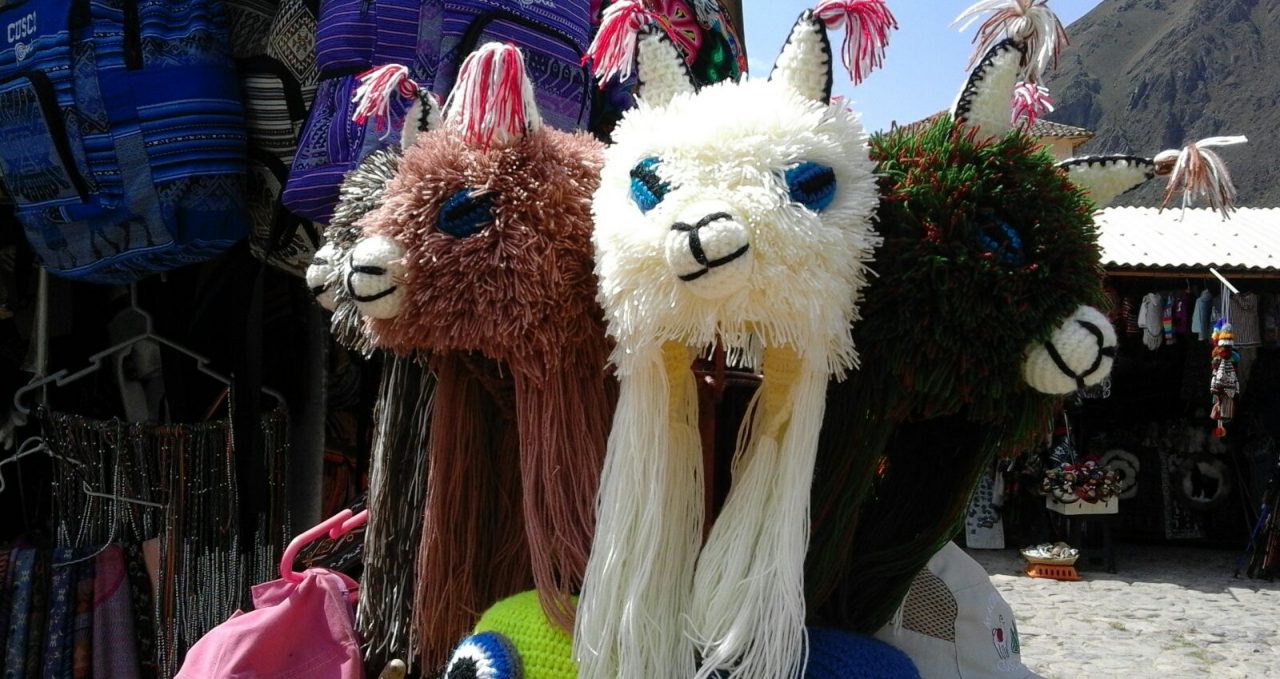
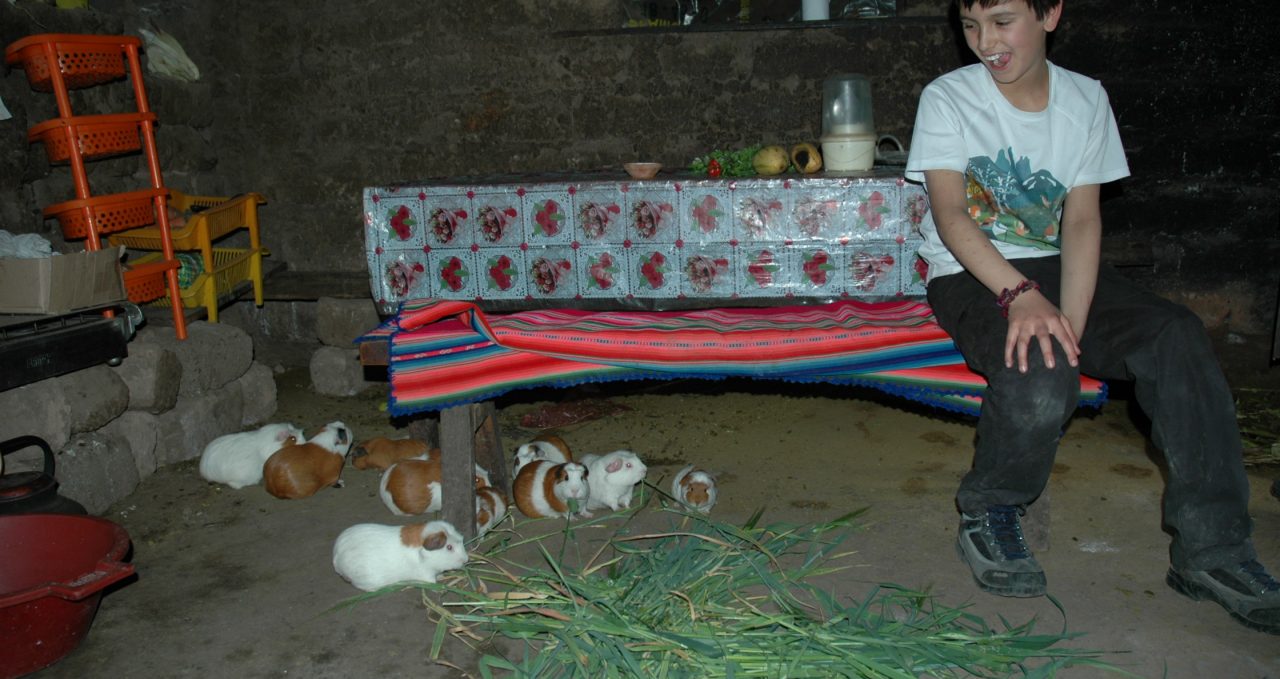
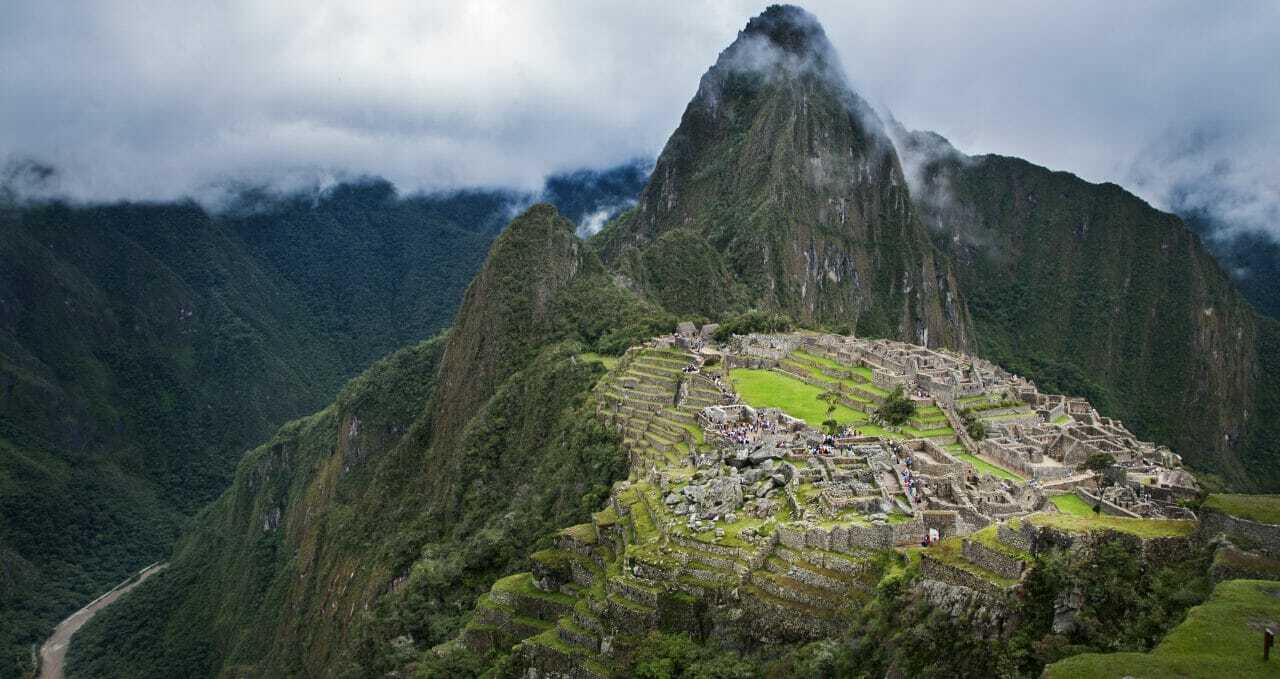
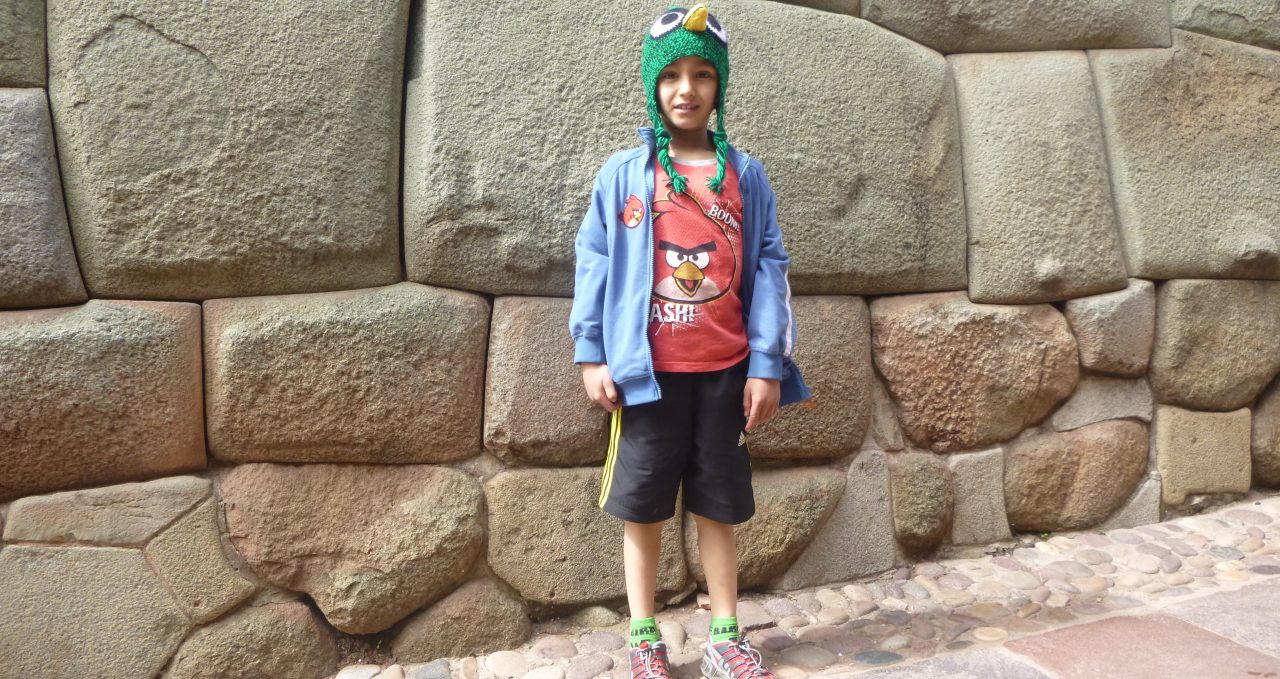

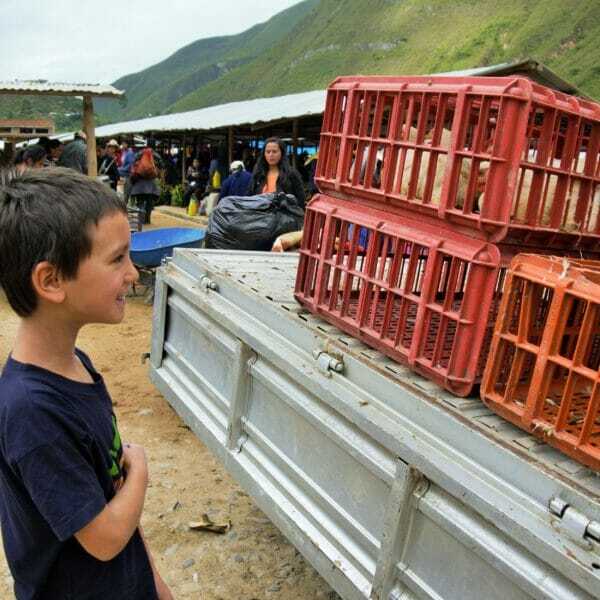
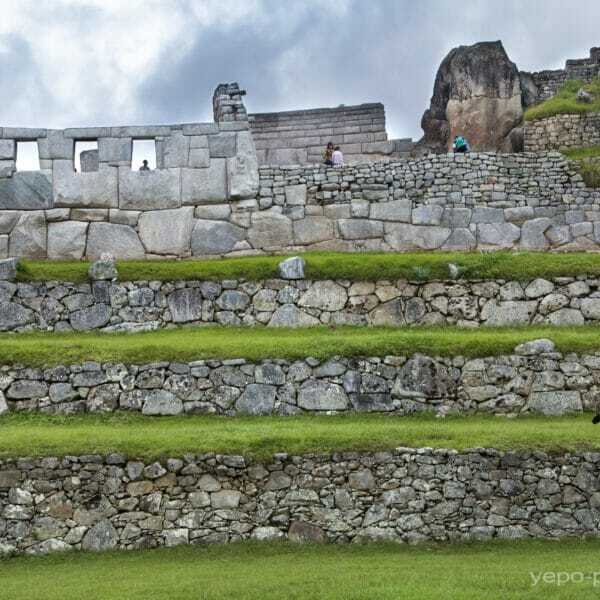
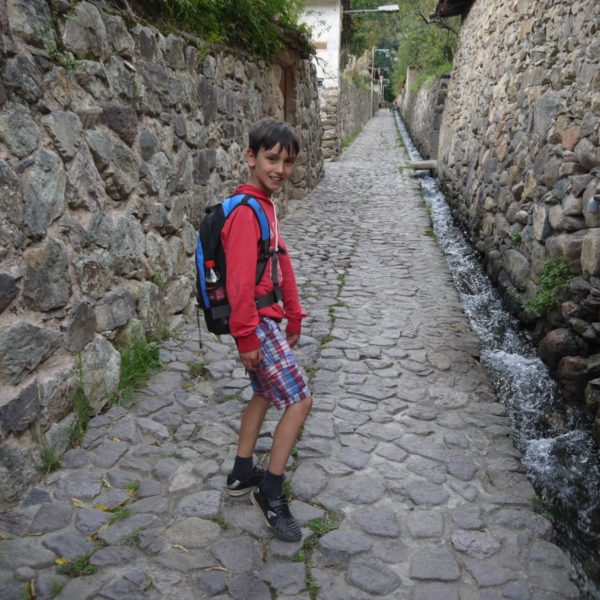
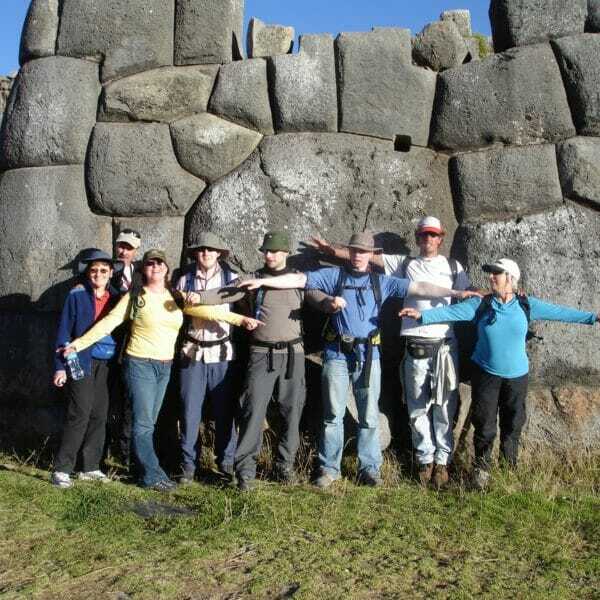
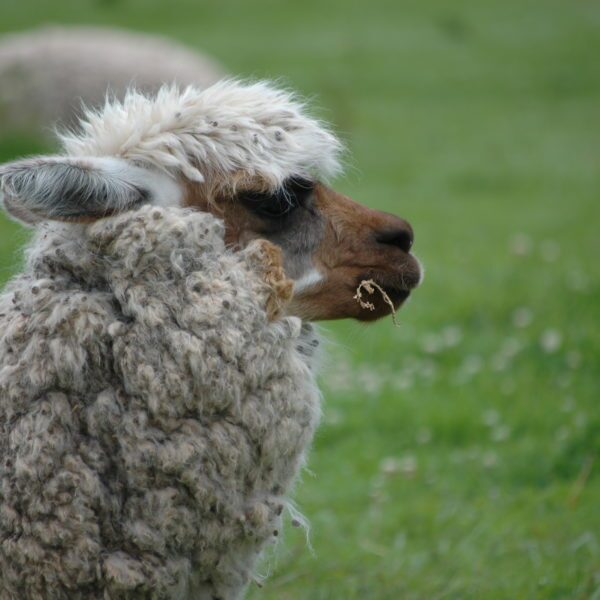
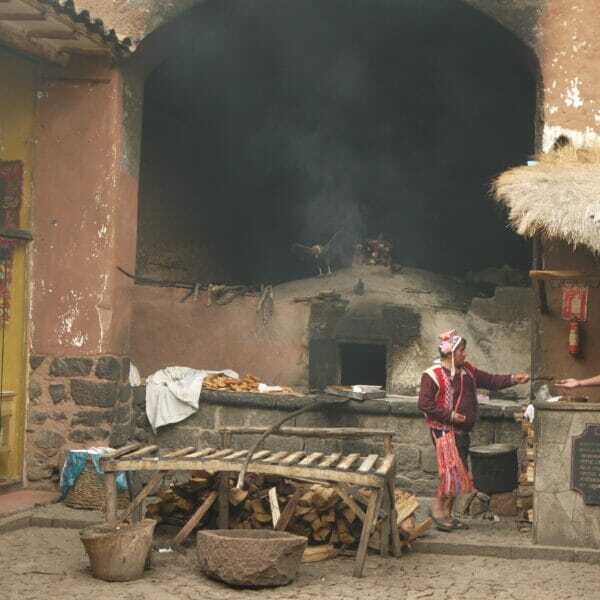
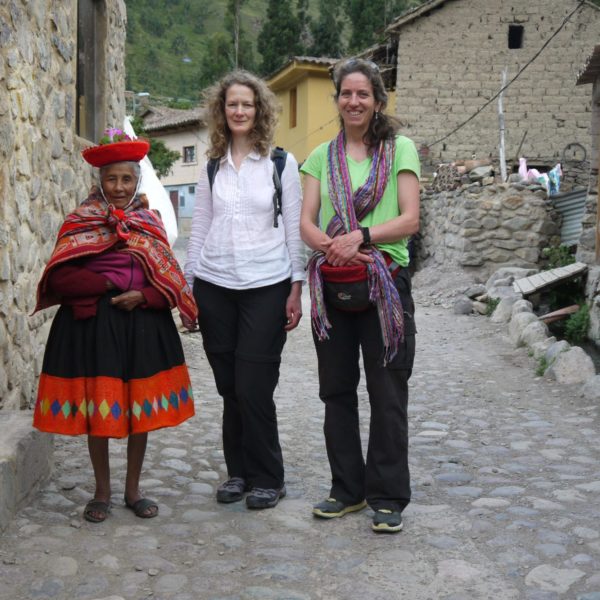
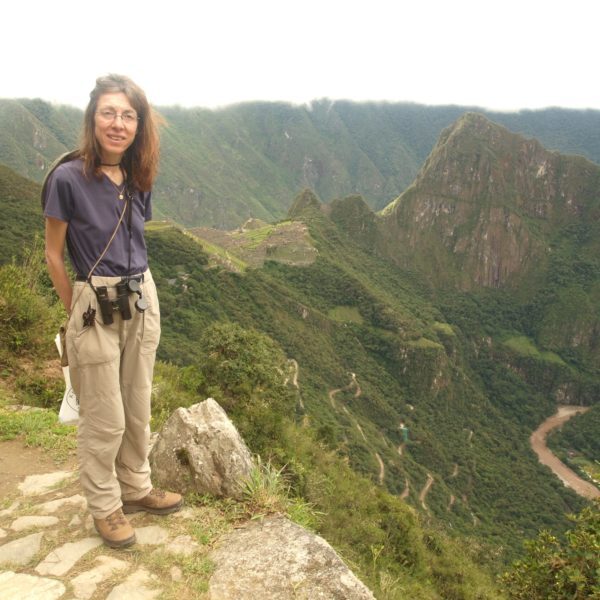
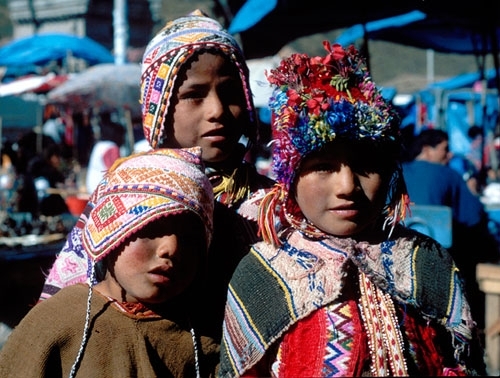
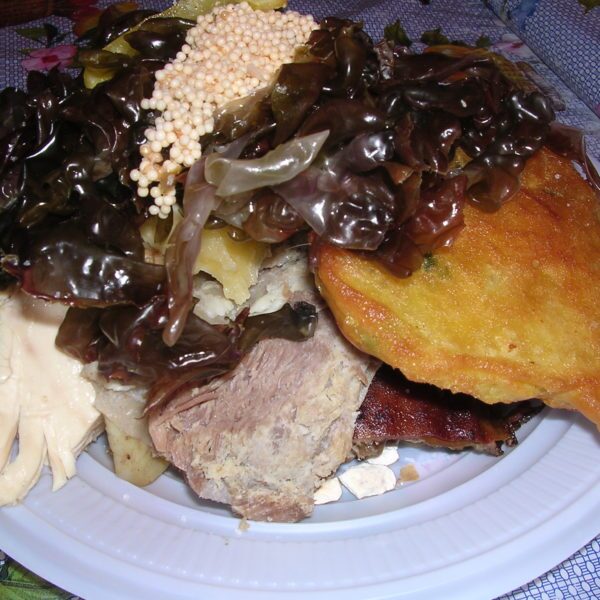
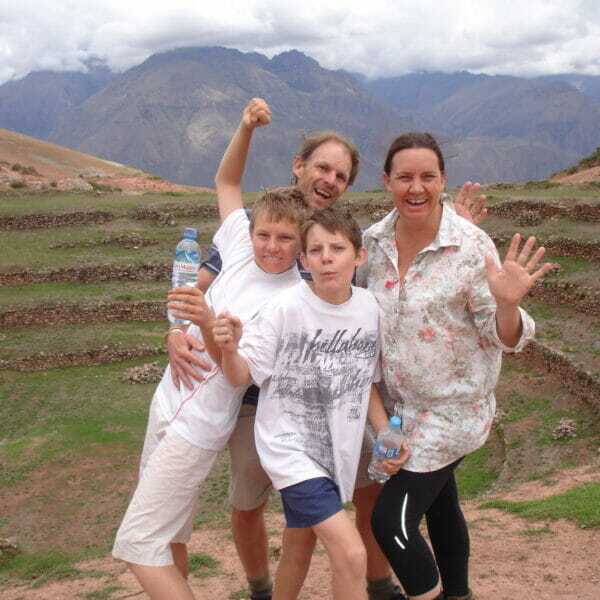
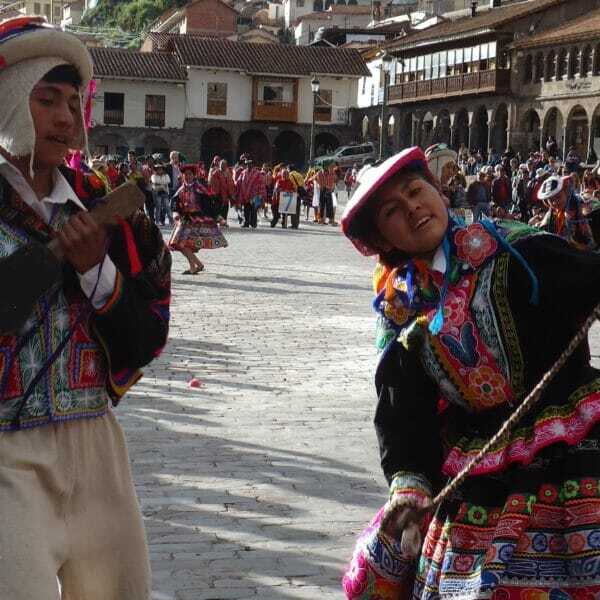
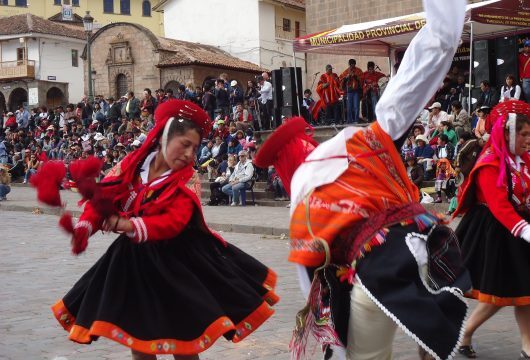
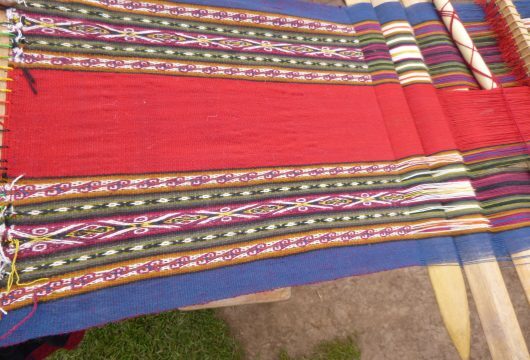
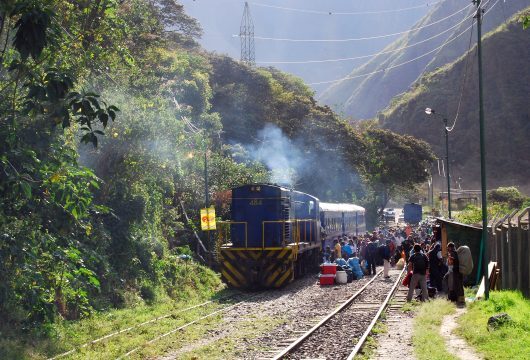
 a Tailor Made Tour
a Tailor Made Tour 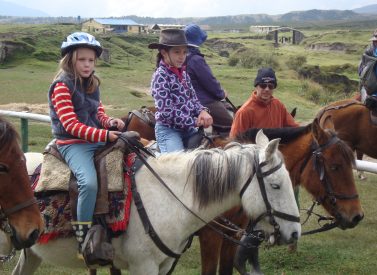
 a Group Tour
a Group Tour 